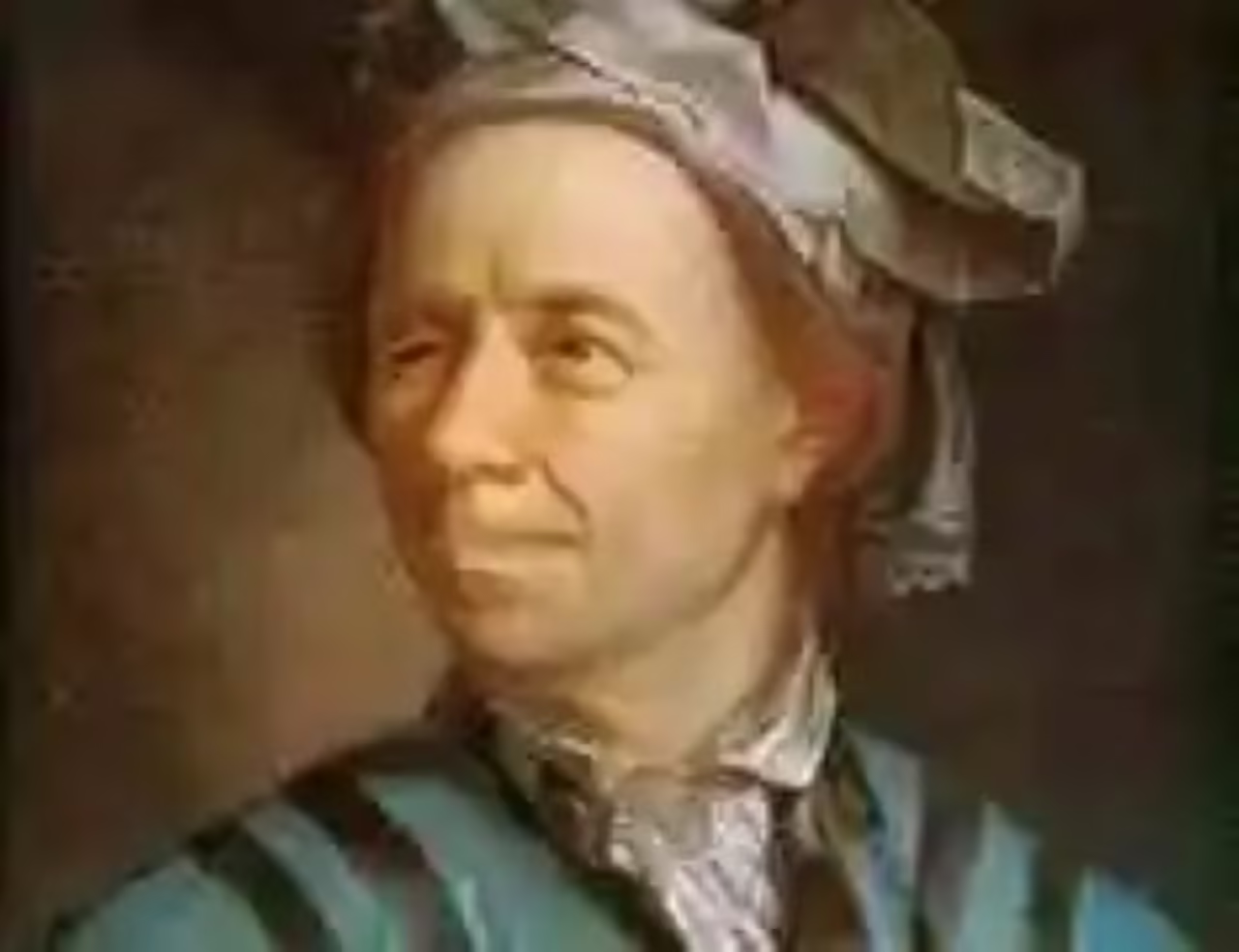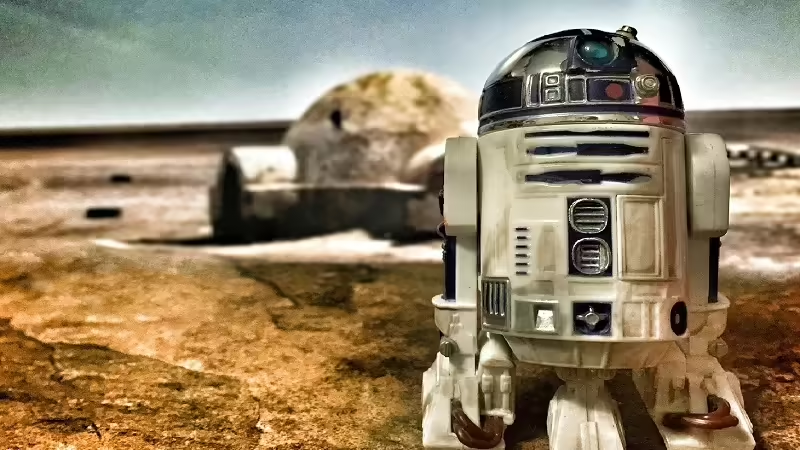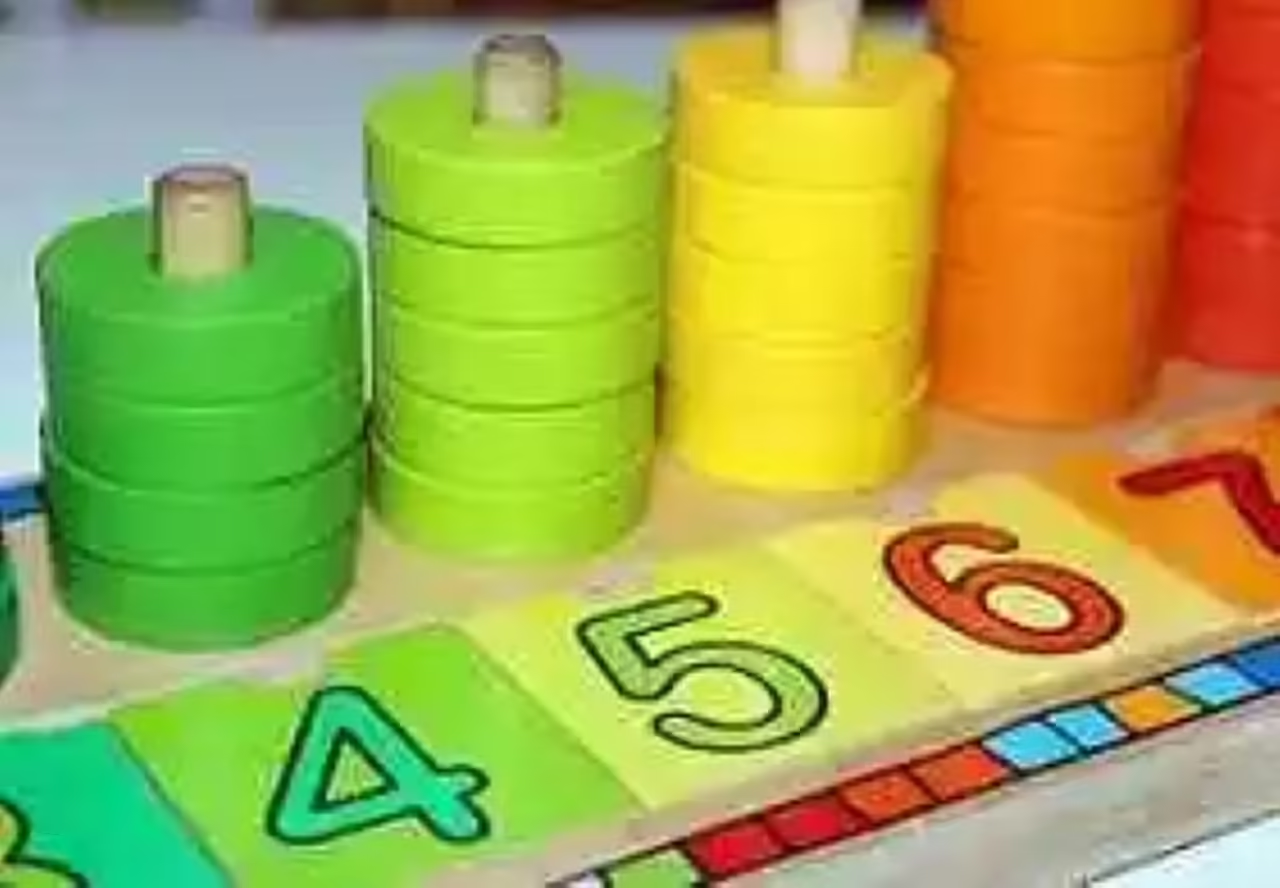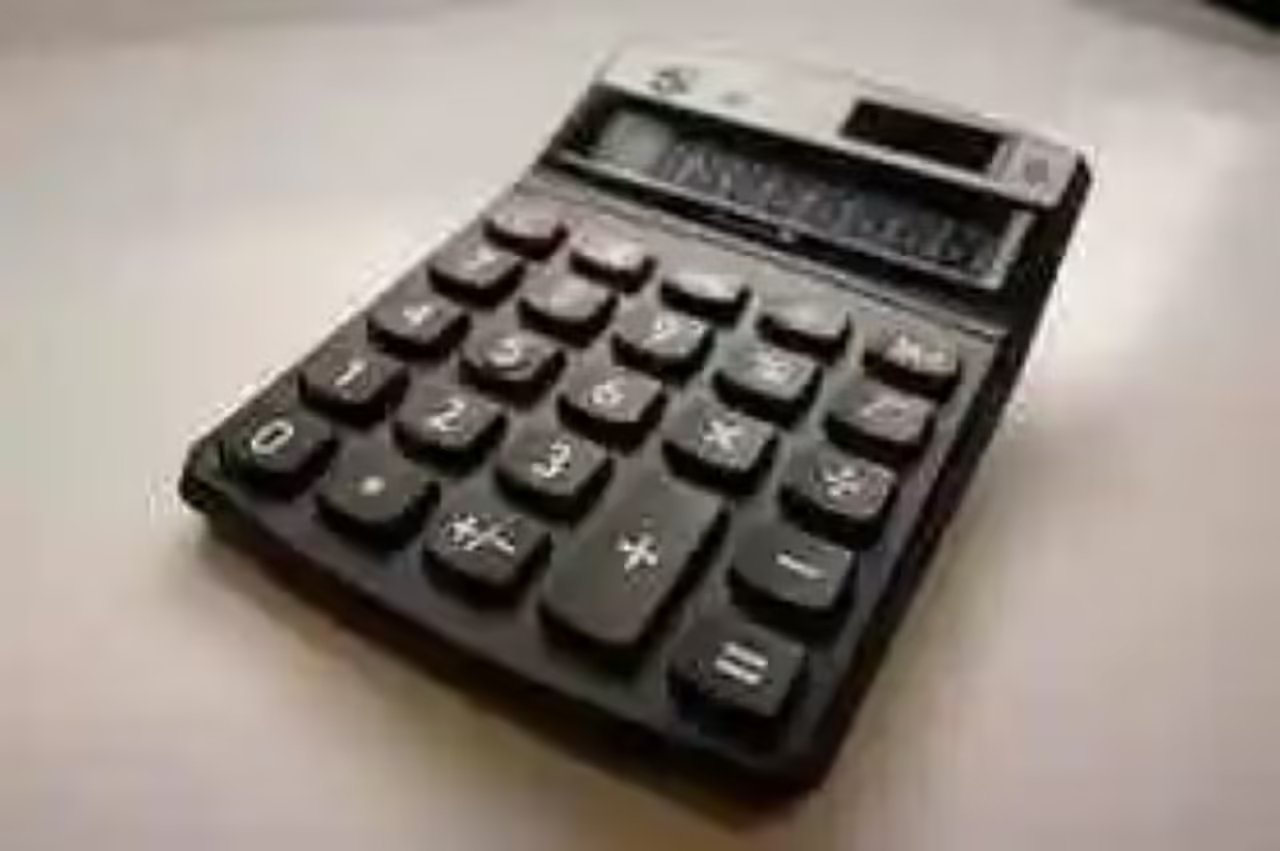Leonhard Euler (15 April 1707 – 18 September 1783). Scientific, Mathematical and Physical of Swiss origin,recognized for its great contributions to various fields such as Calculus, Algebra, Geometry, Trigonometry, among others.
During the development of his work he introduced many of the concepts, notations and terms of modern mathematics. He is also the scientist and the person who has published the most articles and works in the world.
Likewise he is credited with creating Sudoku, a hobby of performing the calculation of probabilities. Euler is considered the most important Mathematician of the eighteenth century, as well as one of the most influential scientists in history.
Early Life
Leonhard Euler was born on 15 April 1707, in Basel, Switzerland, the eldest of three children of Paul Euler and Marguerite Brucker. His father was a Calvinist pastor, as well as his maternal grandfather. Some time after his birth, the Euler family decided to move to Riehen.
From his childhood he cultivated a strong friendship with the Bernoulli family, recognized by the great mathematicians who made it up, among whom was Johann Bernoulli, who in Europe was listed as the most important mathematician of the time. This relationship was crucial for Euler, who discovered through them his passion and great talent for the mathematical sciences.
In 1720, at the age of thirteen, he entered the University of Basel, earning three years later the master’s degree in Philosophy. During his years of study, Euler also received classes in Mathematics with his friend Johann Bernoulli, with whom he met every Saturday afternoon, in order to learn this science.
A descendant of Calvinist pastors, his family hoped that Leonhard would continue the tradition, training to assume his role as a clergyman. However, Bernoulli himself convinced Leonhard’s father of his son’s great talent for Mathematics.
Stay in St. Petersburg
In 1726, Leonhard Euler obtained his Doctorate. A year later Euler moved to St. Petesburg, where he took up a position at the Russian Academy of Sciences, where he had the opportunity to work with Daniel Bernoulli, Johann’s son. Euler settled in Russia, learned the language and even went on to work additionally as a Physician for the Russian Navy.
However, the death of Empress Catherine I of Russia and the assumption of Peter II of Russia, who was barely a child, resulted in a major political and economic crisis, which resulted in fewer resources for the Academy of Sciences,both stronghold of both Peter I of Russia, its creator, as of his wife Catherine I, his successor.
These were times of difficulty for the Institution and its members, which only improvedafter Peter II’s death.
For his part, Euler continued to cultivate his work, reaching in 1731 to obtain within the Academy the position of Professor in Physics. In 1733, Daniel Bernoulli decided to resign his post and leave Russia, tired of the crisis in the country.
Euler assumed his post, becoming Director of the Department of Mathematics of the Russian Academy of Sciences. In 1734, he married Katharina Gsell, with whom he would have thirteen children, of which only five survived him. In 1736, he published his book Mechanica, which would be the first of many.
Berlin and mathematical contributions
In 1941, due to the tense situation in Russia, he decided to accept the position of Director of the Berlin Academy, offered by Frederick II the Great. He also assumed the role of tutor to Princess Anhalt-Dessau, niece of King Frederick II.
Euler went on to write more than two hundred letters on natural philosophy, which were later collected in a work entitled Euler’s Letters on Different Topics of Natural Philosophy, addressed to a German Princess, where her great ability to explain deep scientific topics to people without extensive studies in the area. This is one of his most read works, being edited in both Europe and Spain.
During his twenty-five years in Berlin, Euler made most of his contributions to Mathematics, as well as much of his works, which have been estimated to be more than eighty volumes if he met.
In 1941 he published his work “Solutio problematis ad geometriam situs relevant”. In 1748,” “Introductio in analysin infinitorum” came to light, sketching his findings in the field of mathematical functions. Also in 1755 he published “Intitutiones calculi differentialis”, in which he presented his notions of differential calculation.
Among his great contributions to modern mathematics are to have promulgated the very concept of Mathematical Function, being at the same time the first to express it through the notation f(x), where f represents a function applied on an argument x, obtaining with this is a much more comfortable form of expression to the infinitesimal calculation methods of the moment.
He also introduced the letter e, or Euler number, as the basis of the natural logarithm, modernizing the notation of trigonometric functions, among many other contributions to the field of Mathematical Notation.
Euler also made great contributions and innovations in the area of Number Theories, Calculation, Geometry, Applied Mathematics, Physics, Astronomy, Logic, Architecture and Engineering.
Final years
By 1766, his relations with King Frederick II The Great had cooled, perhaps by the influence of Voltaire, from whom he was always antagonistic. That same year, he accepted the invitation of Catherine the Great and returned to Russia.
By the end of his life he had completely lost his sight, although that did not prevent him from continuing to work and publishing his findings. On 18 September 1783 he died in St. Petersburg, who was the victim of a stroke. His remains rest in the Monastery of Alexander Nevski.
Image source: fos.cmb.ac.lk








